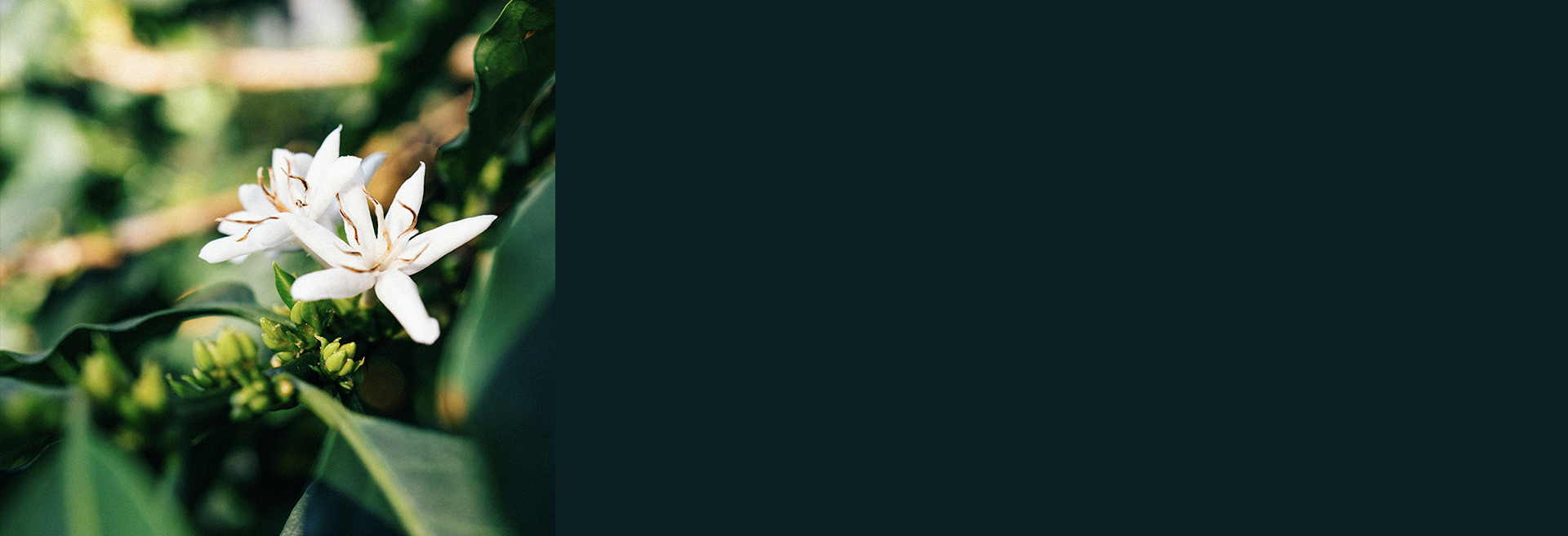Winter break · Next roast Jan. 7
Ecuador
La Chorora
250g
*Competition Series*
QUALITY SCORE: 91.25
Cup Notes
Lavender / Rosemary / Coffee Cherry Pulp Bomb!
Suggested for espresso and filter
when we roast
We freshly roast to order all coffees on Monday, Wednesday and Friday (excluding national holidays), and ship the same day! Cut-off time is 11:59pm (UTC+1) of the day before the roast day. *We only ship whole beans*
Details
- Quality Score
- 91.25
- Series
- Competition
- Producer
- Diana and Olinka Velez
- Country
- Ecuador
- Terroir
- Loja
- Altitude
- 1450 masl
- Process
- Carbonic Maceration - Raised Beds
- Arabica cultivar
- Typica, Catuaì
- Roast profile by
- Rubens Gardelli
- Roasted on
- Customised solid-drum roaster
THE STORY BEHIND
Owned by two sisters, Diana and Olinka Velez, this coffee farm is a truly unique place. With stunning views over the valley of Macara and Peru on the horizon, La Chorora is located on a steep hillside surrounded by primary cloud forest and crossed by the old "Inca Road" that once connected Cuzco with Quito.
Diana describes their venture in coffee as a transformative way of life. The sisters started planting coffee around the year 2000 after some big life changes. Since then, they’ve been drawn from the city into the farmland, investing a lot of effort, time and emotion into producing coffee. This land, as Diana and Olinka describe it, is mystical and charged with good energy.
The farm is divided into two main parcels: La Chorora, which means ‘water well’ in Kichwa language, and Yambamine, which means ‘land of gold. In both parcels there are a total of five hectares of planted coffee.
The varietals produced on the La Chorora parcel are Typica mejorado and Catuai.
This farm is also a pioneer in experimental processesing in Ecuador. Managed by Hernan Cabra, an expert in coffee processing, this farm has produced some unique profiles and has won the first two places in 'Taza Dorada' competition of 2019 with a record-breaking score in Ecuador.
Their coffees really speak for themselves. They are incredibly complex, balanced, and with a truly unique note of the fresh pulp of coffee cherry!
THE VARIETY
TYPICA
Typica originated from Yemeni stock, taken first to Malabar, India, and later to Indonesia by the Dutch. It later made its way to the West Indies, to the French colony at Martinique. Typica has genetically evolved to produce new characteristics, often considered new varietals: Criollo (South America), Arabigo (Americas), Kona (Hawaii), Pluma Hidalgo (Mexico), Garundang (Sumatra), Blue Mountain (Jamaica, Papua New Guinea), San Bernardo & San Ramon (Brazil), Kents & Chickumalgu (India)
CATUAI
Catuai is a cross between highly productive Mundo Novo and compact Caturra, made by the Instituto Agronomico (IAC) of Sao Paulo State in Campinas, Brazil. The plant is highly productive compared to Bourbon, in part because of its small size, which allows plants to be closely spaced; it can be planted at nearly double the density. The plant’s shape makes it relatively easy to apply pest and disease treatments. It is mainly characterized by great vigor and its low height; it is less compact than Caturra. It is highly susceptible to coffee leaf rust.
Catuaí derives from the Guarani multo mom, meaning “very good." Today, it is considered to have good but not great cup quality. There are yellow-fruited and red-fruited types, and have since been many selections in different countries. The cultivar was created in 1949 from a crossing of yellow Caturra and Mundo Novo, and initially called H-2077.
The variety was released in Brazil 1972 after pedigree selection (selection of individual plants through successive generations) and is in wide cultivation there.
It was first introduced in Honduras in 1979, where it was tested by Instituto Hondureño del Café (IHCAFÉ). It was released commercially in 1983, after IHCAFÉ selected two lines for planting. In Honduras today, Catui accounts for nearly half of the Arabica coffee in cultivation. Researchers at IHCAFÉ are actively pursuing breeding with Catuai, including creating hybrid crosses between Catuai and Timor Hybrid lines.
It is also economically important in Costa Rica, where a yellow-fruiting Catuai was introduced in 1985, whose descendants have spread widely through the country. It was introduced into Guatemala in 1970; currently about 20% of the country’s production is Catuai. It has a negligible presence in other Central American countries.
Catuai, whose small stature allows it to be planted densely and harvested more efficiently, led in part to the intensification of full-sun coffee cultivation in Central America in the 1970s and 1980s.
THE STORY BEHIND
Cherries are picked by hand and the Brix degrees are measured to ensure the right sugar levels in the cherries. The full cherries are placed into tanks to go through an anaerobic carbonic maceration for 10 days. During this process, red stains form on the parchment which gives this lot the name of 'Red Anaerobic'.
After maceration, the coffee is pulped and laid in African beds under the sun for 2 days, moving the parchment coffee regularly for an even drying of all the beans.
Then, the coffee is taken inside polytunnels for a slow drying process of 15 days until the humidity reaches the desired level.
A final stage of stabilising inside GrainPro bags for 6 to 8 weeks happens before being ready for milling and exporting.




